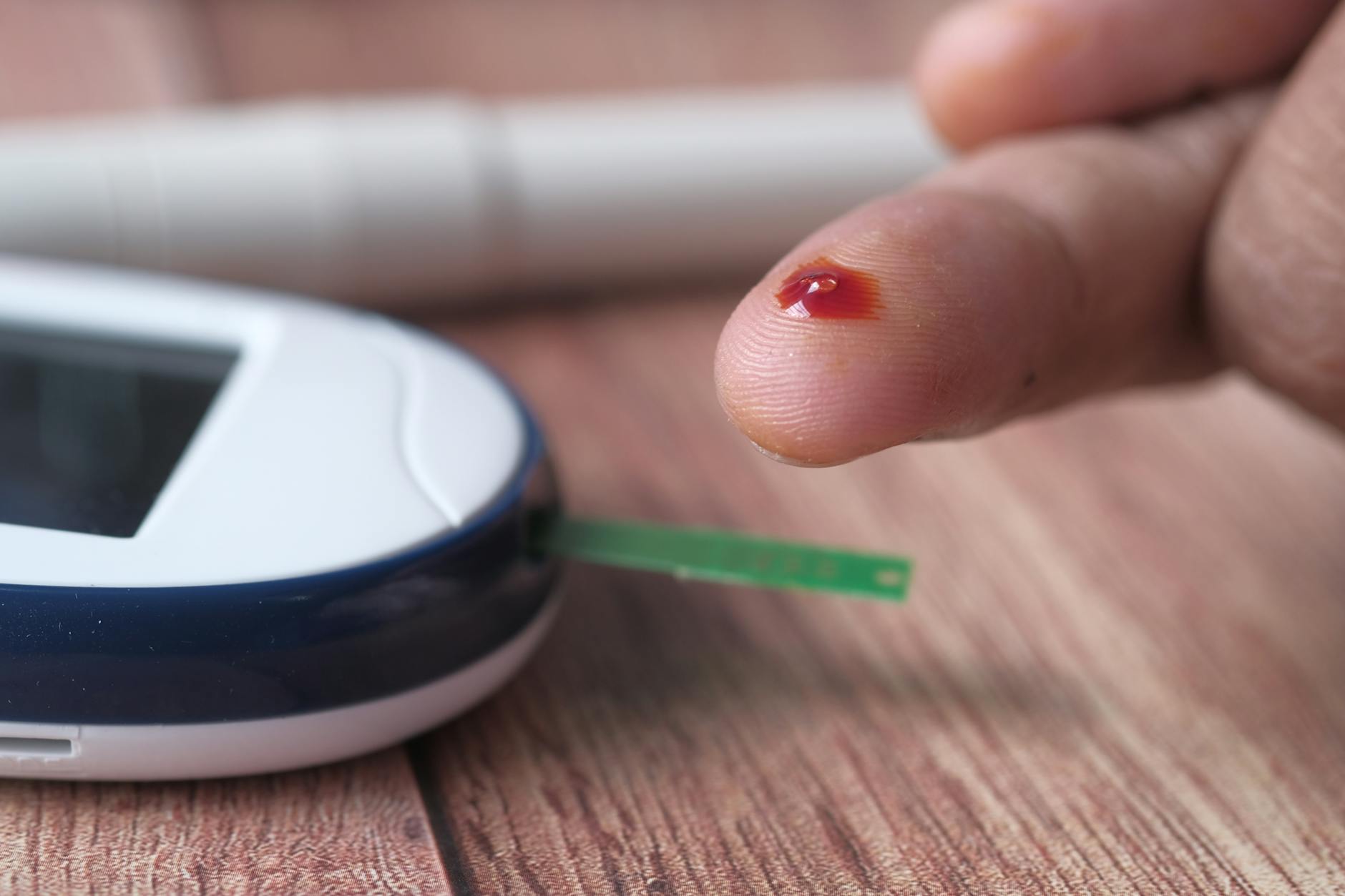Uncover the secrets to controlling Type 2 Diabetes by decoding the mysteries of blood sugar levels – improve your health today!
Table of Contents
Living with Type 2 Diabetes can be challenging, but it doesn’t have to define your life. Understanding the condition and taking proactive steps to manage it can make a significant difference in your well-being. In this blog post, we will delve into the world of Type 2 Diabetes and explore practical strategies to help you take control of your blood sugar levels.
Type 2 Diabetes: Decoding the Basics
Type 2 Diabetes is a chronic condition characterized by elevated blood sugar levels. Insulin resistance or the inability of the body to use insulin effectively leads to this condition. Common symptoms include increased thirst, frequent urination, fatigue, and blurred vision.
Understanding the Impact of Type 2 Diabetes
Untreated Type 2 Diabetes can lead to serious health complications, such as heart disease, kidney damage, nerve damage, and vision problems. It is crucial to manage blood sugar levels to reduce the risk of these complications.
Managing Type 2 Diabetes: The Road to Wellness
Eating a balanced diet rich in fruits, vegetables, whole grains, lean proteins, and healthy fats is essential for managing Type 2 Diabetes. Limiting the intake of sugary and processed foods can help stabilize blood sugar levels.
Physical Activity
Regular exercise is key to managing Type 2 Diabetes. Engaging in activities like walking, swimming, or cycling can improve insulin sensitivity and help control blood sugar levels. Aim for at least 150 minutes of moderate-intensity exercise per week.
Medication and Monitoring
For some individuals with Type 2 Diabetes, medication may be necessary to help regulate blood sugar levels. It is essential to follow your healthcare provider’s recommendations when taking medication and monitor your blood sugar levels regularly.
| Chapter | Topic | Summary |
|---|---|---|
| 1 | Understanding Type 2 Diabetes | An introduction to Type 2 diabetes, its causes, symptoms, and implications for overall health. |
| 2 | Factors Affecting Blood Sugar Levels | Exploring the various factors that can impact blood sugar levels, such as diet, exercise, stress, and medication. |
| 3 | Meal Planning for Diabetes Control | Tips and strategies for creating a balanced meal plan to help manage blood sugar levels and improve overall health. |
| 4 | Exercise and Diabetes | The importance of physical activity in managing Type 2 diabetes, with recommendations for incorporating exercise into daily routines. |
| 5 | Medication Management | Information on common medications used to treat Type 2 diabetes, including insulin, metformin, and sulfonylureas. |
| 6 | Monitoring Blood Sugar Levels | Guidance on monitoring blood sugar levels at home and interpreting results to make informed decisions about diabetes management. |
Empowering Yourself: Taking Charge of Your Health
Living with Type 2 Diabetes requires a proactive approach to health and wellness. Educate yourself about the condition, maintain a healthy lifestyle, and work closely with your healthcare team to create a personalized care plan.
Conclusion
By understanding Type 2 Diabetes and adopting healthy habits, you can take control of your blood sugar levels and improve your overall quality of life. Remember, you are not defined by your diagnosis – you have the power to manage your health and well-being with confidence and determination.
FAQ
Can Type 2 Diabetes be reversed?
Answer 1: While Type 2 Diabetes cannot be reversed completely, it can be managed effectively through lifestyle changes such as diet modifications, regular exercise, and medication as prescribed by healthcare providers.
How often should I monitor my blood sugar levels?
Answer 2: It is recommended to monitor your blood sugar levels regularly, as advised by your healthcare team. Typically, this may involve daily monitoring or as per your healthcare provider’s recommendations based on your individual health needs.
What are the best foods to include in a diabetic-friendly diet?
Answer 3: Incorporate fruits, vegetables, whole grains, lean proteins, and healthy fats into your diet. Avoid sugary and processed foods and focus on balanced meals to help stabilize blood sugar levels and support overall health.
How important is physical activity in managing Type 2 Diabetes?
Answer 4: Physical activity plays a crucial role in managing Type 2 Diabetes as it improves insulin sensitivity and helps control blood sugar levels. Aim for at least 150 minutes of moderate-intensity exercise per week to support your overall health and well-being.





